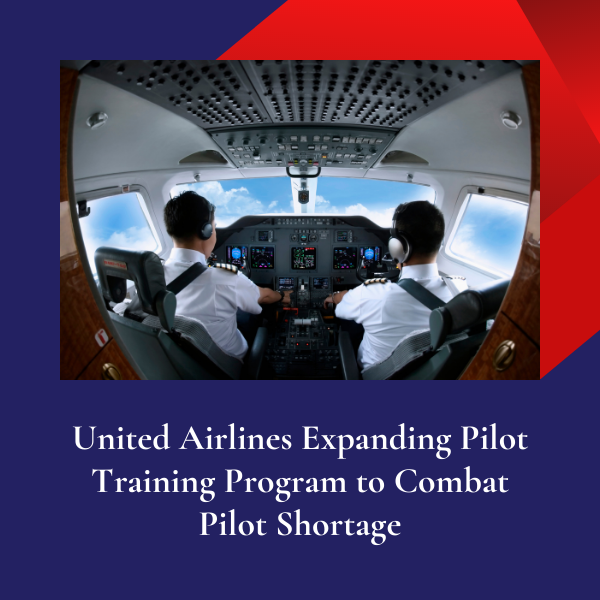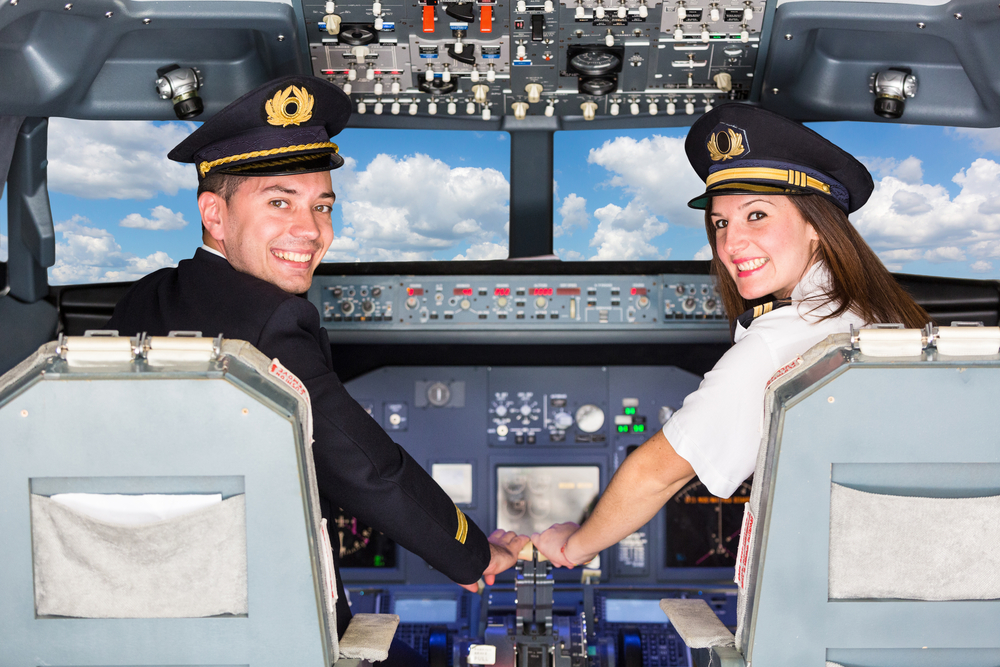United Airlines Expanding Pilot Training Program to Combat Pilot Shortage
Sep 12, 2022

Like other airlines, United Airlines is also facing a pilot shortage as travel resumes after the COVID-19 pandemic. This airline is seeking to combat this shortage by expanding its pilot training program.
United Airlines Pilot Training Program Expansion
United Airlines’ goal is to have 10,000 new pilots hired and trained by the year 2030. To do this, the airline is expanding its Flight Training Center, which is located in Denver, Colorado.
How Is United Airlines Expanding Its Training Facility?
The airline is expanding its Denver training facility so that more pilots can be trained at once. The plan is to add an additional building to its current training campus. The new building will be four stories tall and will be able to house the following:
- Offices
- Classrooms
- Conference rooms
- 12 flight simulators
The new building is projected to cost $100 million and United Airlines aims for construction to be completed in 2023.
United Airlines Expanding Pilot Roster

In addition to expanding the training facility campus, United Airlines is also looking to expand the number of pilots it employs. As of 2022, the airline has 12,000 pilots and wanted to add 2,000 more by the end of the year. The airline wants to continue hiring throughout the decade and is committed to ensuring that its hiring is diverse by making sure that half of its trainee pool is made up of women and people of color.
Did COVID-19 Cause the Pilot Shortage?

COVID-19 played a major role in the current pilot shortage. This is because the pandemic caused a huge disruption to travel. Many airlines had to cancel or delay flights due to a lack of demand caused by travel restrictions designed to slow the spread of the disease. Some had to lay off or furlough pilots because they found they suddenly had more pilots and other crew than they actually needed.
Now that the pandemic is winding down and restrictions are being lifted across the world, airlines that reduced their number of pilots are finding it difficult to meet surging customer demand.
What Else Caused the Pilot Shortage?
While the coronavirus pandemic did play a major role in the current pilot shortage, it’s not the only thing to do so. Airlines were experiencing a pilot shortage prior to the pandemic due to the following reasons:
- Cost of training
- Location of training facilities
- Lack of knowledge about opportunities for minorities
- Mandatory retirement ages and an aging workforce
- Fewer military pilots transitioning to commercial flying
The COVID-19 pandemic actually gave airlines a reprieve in having to solve the pilot shortage problem because what had been a shortage pre-pandemic temporarily became a surplus. However, once the pandemic restrictions eased, the surge in demand made the problem even worse.
How Are Other Airlines Addressing the Pilot Shortage?
There are several ways that airlines can seek to combat the pilot shortage:
- Offer higher pay
- Bring pilots out of retirement (where legal)
- Expanding recruitment locations
- Increasing number of trainers
- Support changes in regulations
Should the United States Raise the Mandatory Pilot Retirement Age?
The United States has a mandatory retirement age of 65. There have been calls to increase that age in order to let pilots continue to fly for longer. However, some professionals in the airline industry don’t believe that this would solve the problem. There are health problems that begin to occur with age that could impact the safety of a flight.
Is Action Needed to Combat the Pilot Shortage?
Many believe that the pilot shortage will solve itself over time and that no action is needed other than training new pilots. Many airlines didn’t have a plan for either the onset of the COVID-19 pandemic or the lifting of restrictions and therefore they are experiencing a temporary shortage of pilots due to a failure to train new pilots during the pandemic. Airlines adjusting their training programs and recruitment strategies to reflect the increased demand would resolve the shortage.
Keep up with the latest in aviation news
Get the latest updates about the aviation industry on our blog.
For informational purposes only.

